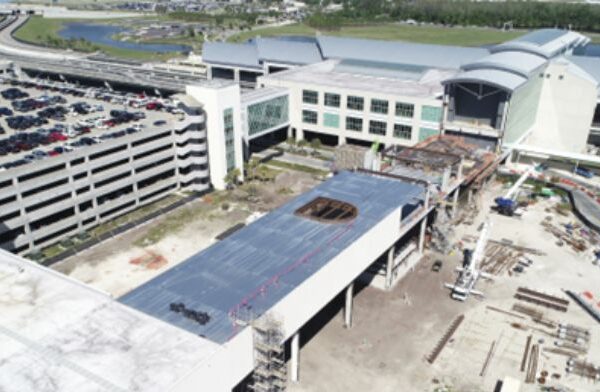ACI Europe has officially launched the airport industry’s contribution to the EU institutions and Member States on the future of transport policy – just as the EU is about to embark on a new political cycle spanning the next five years.
ACI Europe President and CEO of SEA Milan Airports Armando Brunini referred to sustainability and decarbonisation as “the mother of all challenges” – with disruptive EU Fit for 55 regulations driving a radical transformation of aviation. He also warned about the significant socio-economic and competitive impacts involved, urging the EU to address what he referred to as “the EU Fit for 55 implementation challenge.
“There is no doubt that the recently adopted SAF mandates, revised ETS rules and AFIR requirements are all needed to decarbonise aviation. But there is also no escaping the fact that these new rules are very disruptive and come with significant risks of reduced air connectivity and competitiveness. This will impact not just airports, but also the communities and regions they serve – with potentially far reaching consequences for cohesion and territorial equality. We are now facing a Fit for 55 implementation challenge – and that requires further adaptations and accompanying measures to make sure we effectively decarbonise without leaving any airport nor community behind.”
The primary strategic outlined by ACI Europe’s Manifesto for EU transport policy is to enable the decarbonisation of aviation while at the same time preserving its socio-economic benefit through: effective regulatory and financial support to ensure SAF production in Europe meets both the SAF mandates set by eU law and voluntary commitments from airlines; de-fragmenting ATM and delivering the Single European Sky; abolishing national aviation taxes so the sector can afford to finance its transition; preserving the ability of smaller and regional airports to receive operating aid under EU State Aid Guidelines.
Two additional strategic priorities outlined by the Manifesto include safeguarding and reinforcing the integrity of the Single Aviation Market and enabling resilient, digitalised and green airports.
Brunini concluded: “Europe’s airports have long ago moved from being mere infrastructure providers to fully fledged and diversified businesses in their own right. Such transformation, enabled by the Single Aviation Market, has been instrumental in making our airports global champions for service quality and operational efficiency, route development and cohesion, as well as – most importantly – sustainability and climate action.”
He also noted that with the new EU political cycle coming at a time when our aviation market has undergone significant structural changes and the whole sector faces the unprecedented challenge of decarbonisation, we must future proof our European airport model and its societal value – for passengers, communities and the Planet. This is what our Manifesto is about and we look forward to engaging with all institutional and industry stakeholders in the coming months.”






